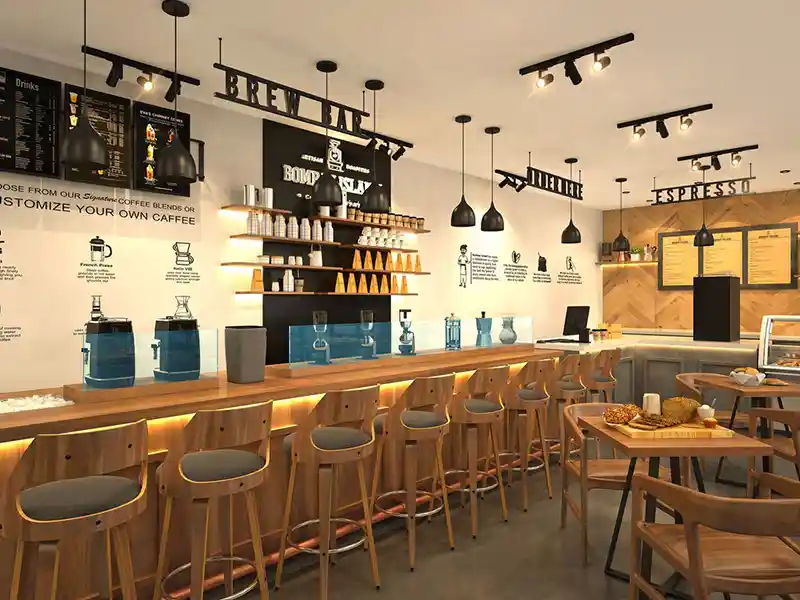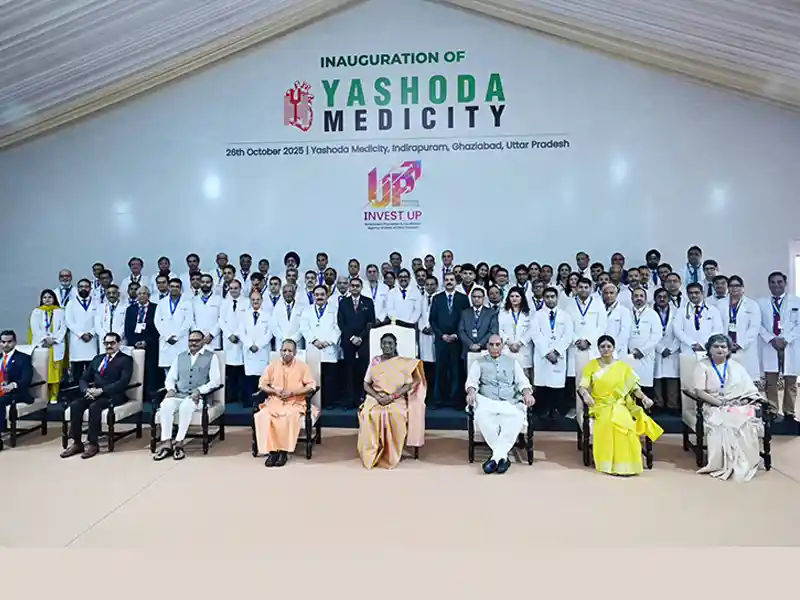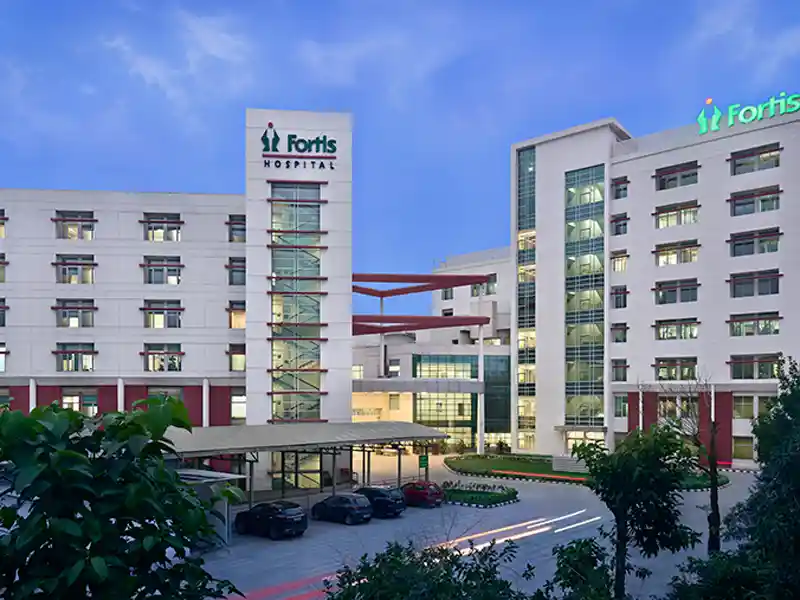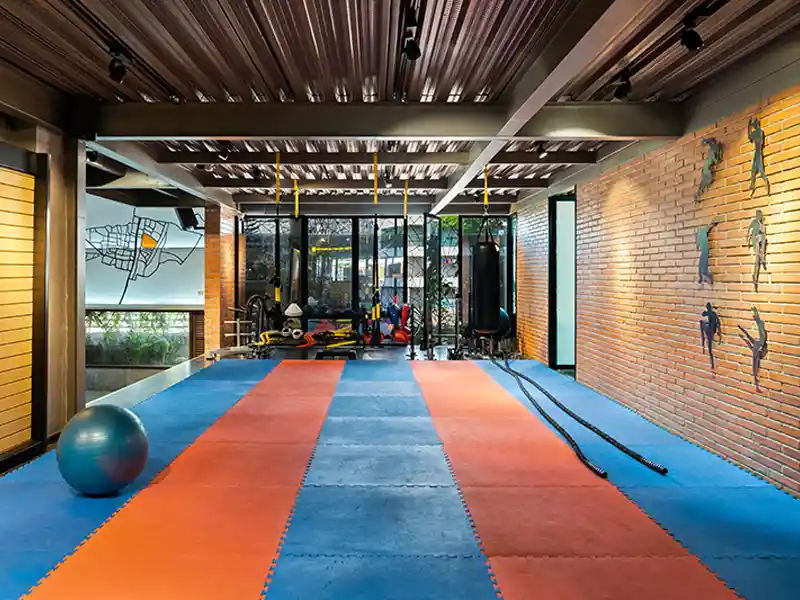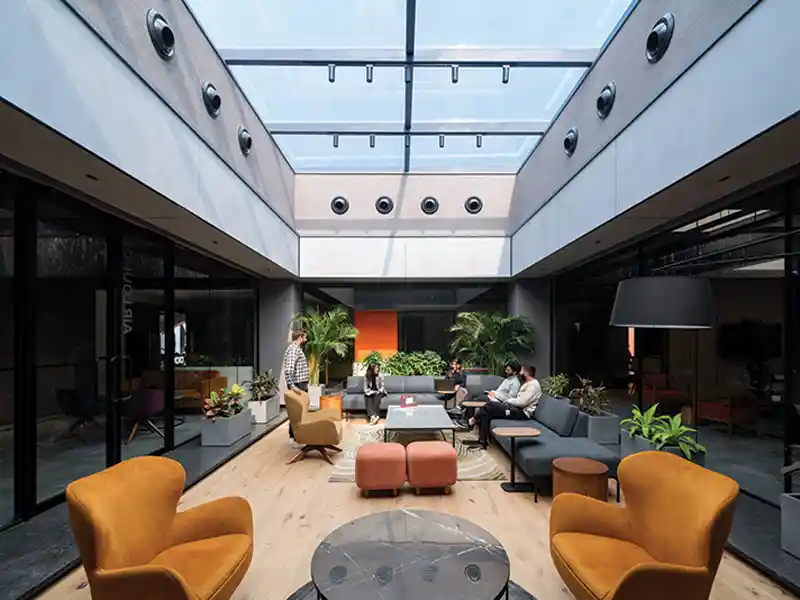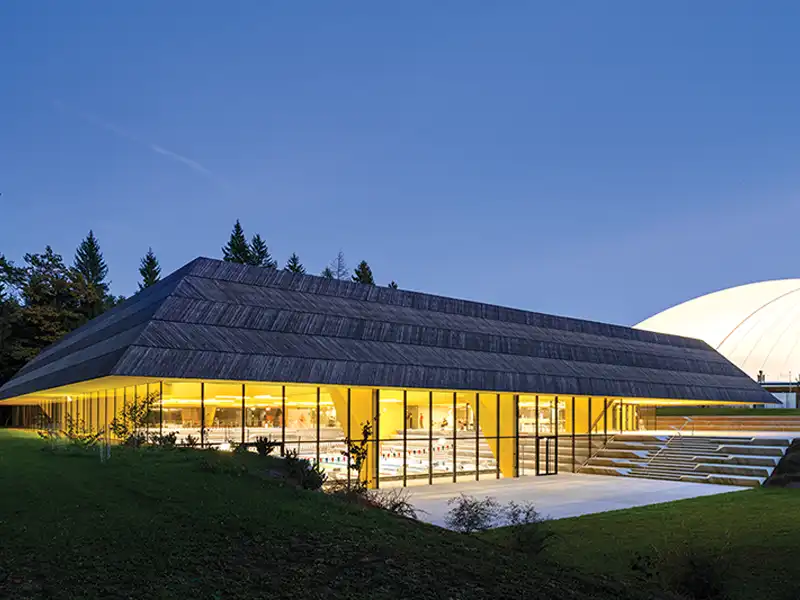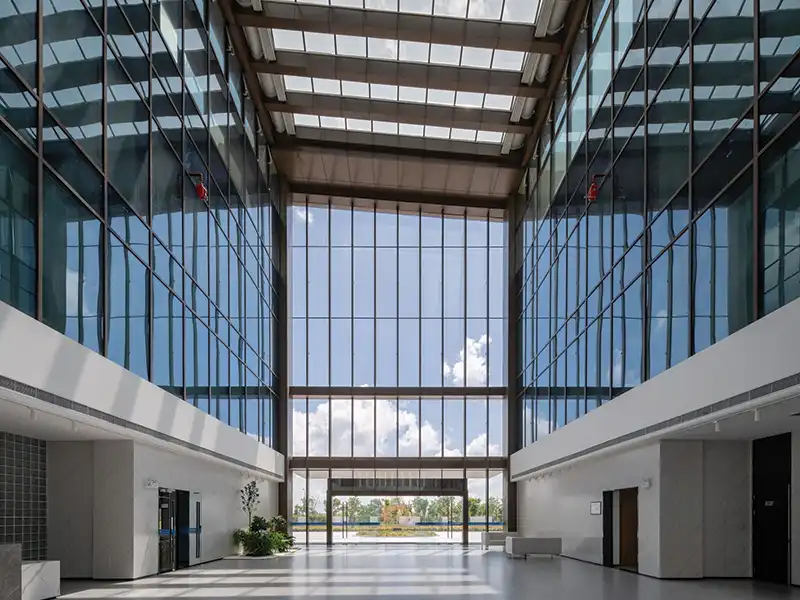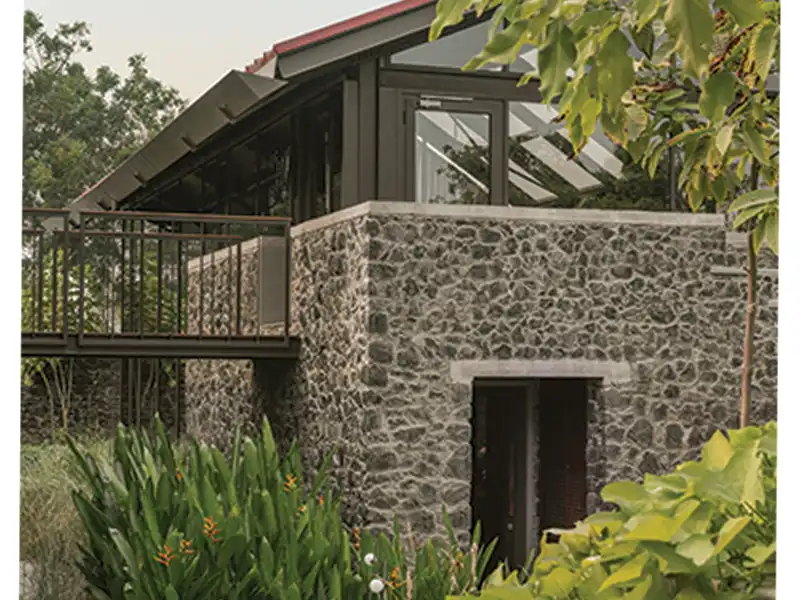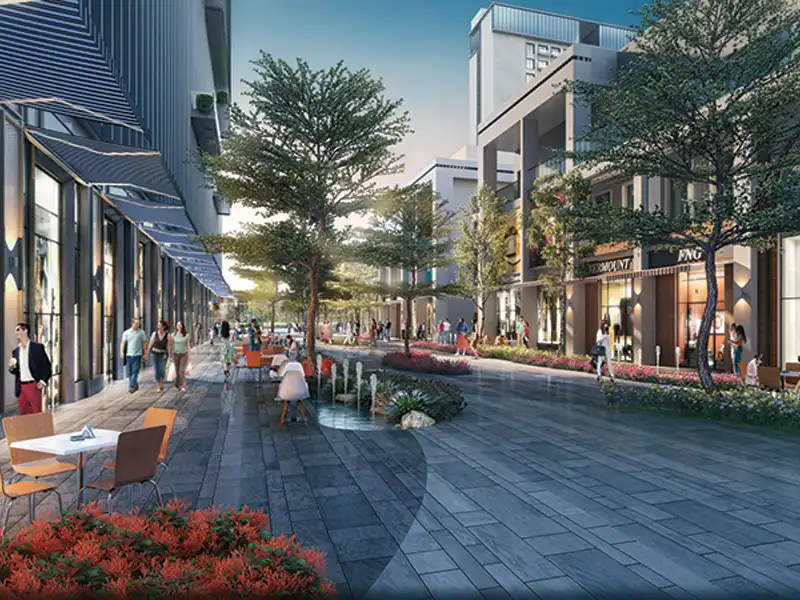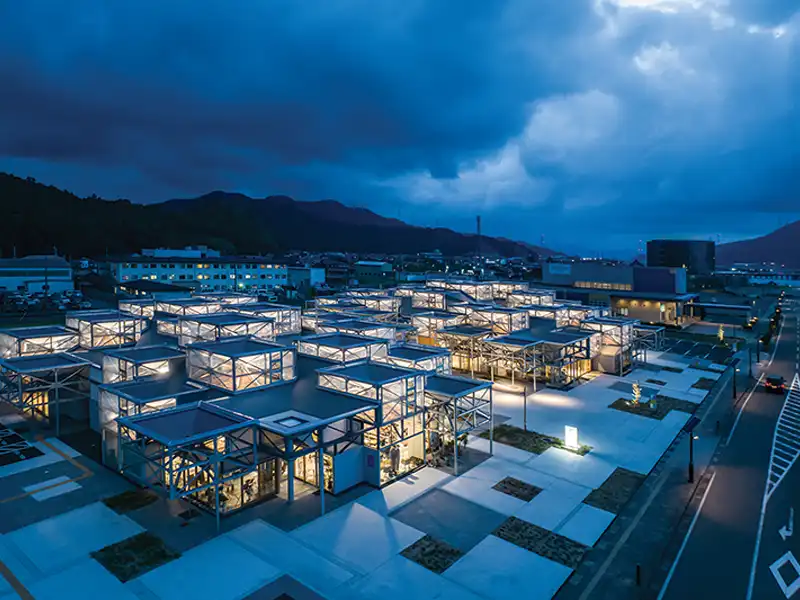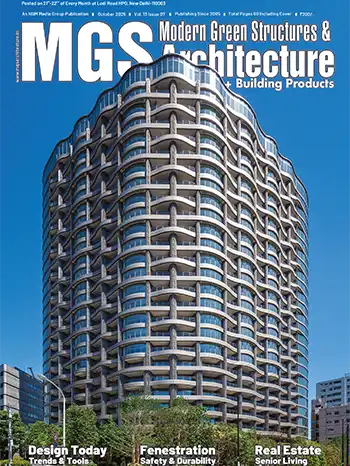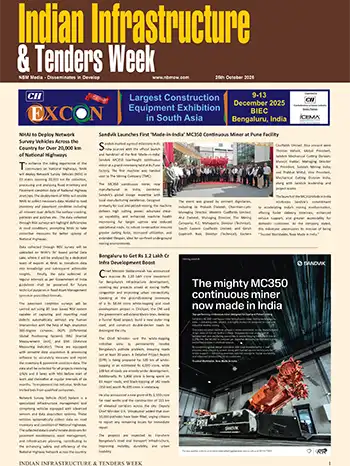MVRDV has won the competition to design the Hangzhou Oil Refinery Factory Park, transforming a former industrial district that sits alongside the southern end of China’s Grand Canal. With an eye-catching art and science museum at its centre, the project includes offices, retail, and a wide variety of cultural experiences set in a green environment interwoven with the remnants of the past.
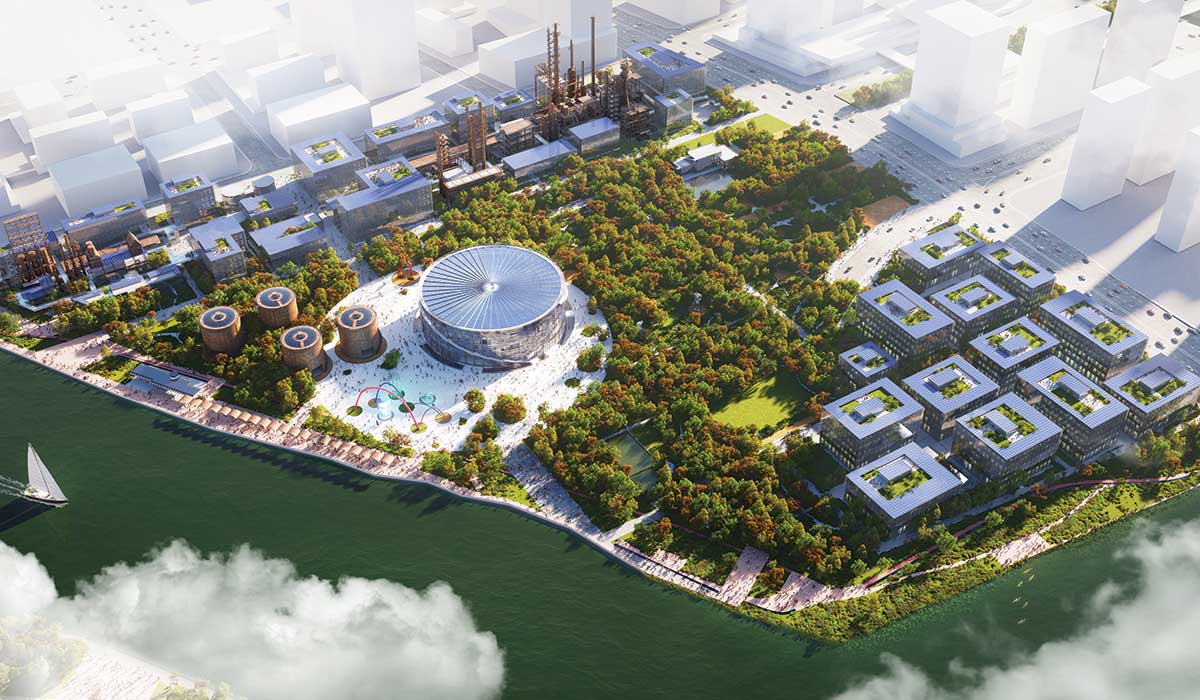
Currently, China is taking steps to transform the Grand Canal – the world’s longest and one of the oldest man-made waterways – along its entire length, turning this industrial infrastructure into a social amenity by allowing access to, and enjoyment of, the water to millions of people that live along the canal’s 1,700-km length.
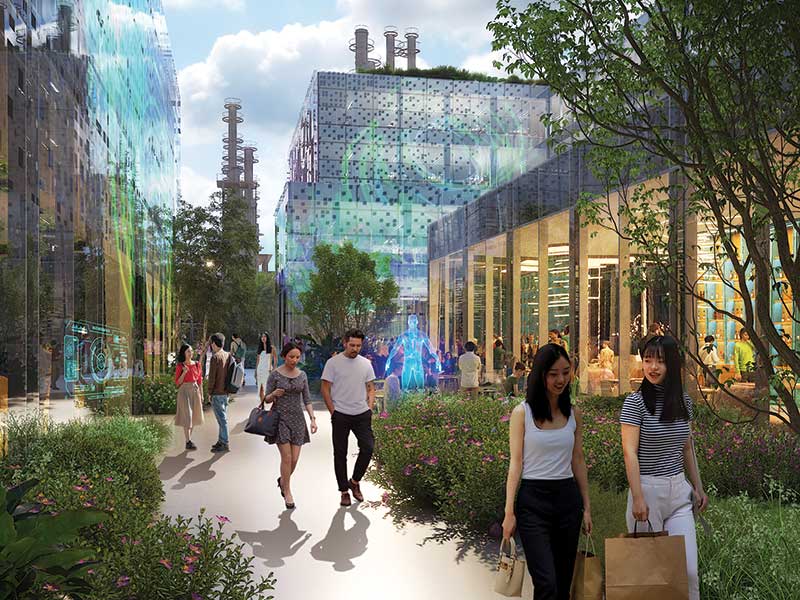
The centrepiece of the park is the Art and Sci-tech Centre, a new museum which, with its cylindrical exterior, is imagined as a vastly scaled-up version of the silos which once peppered the site. The simple form of the exterior conceals a highly complex interior: atop a circular exhibition hall that is partially buried below ground level, an off-kilter stack of long, rectangular boxes house artists’ studios, offices, and commercial spaces. The tops of the boxes form a series of terraces, connected by stairs and bridges, that serve to enliven this public area within the museum, enabling performances, large-scale installations, or events.
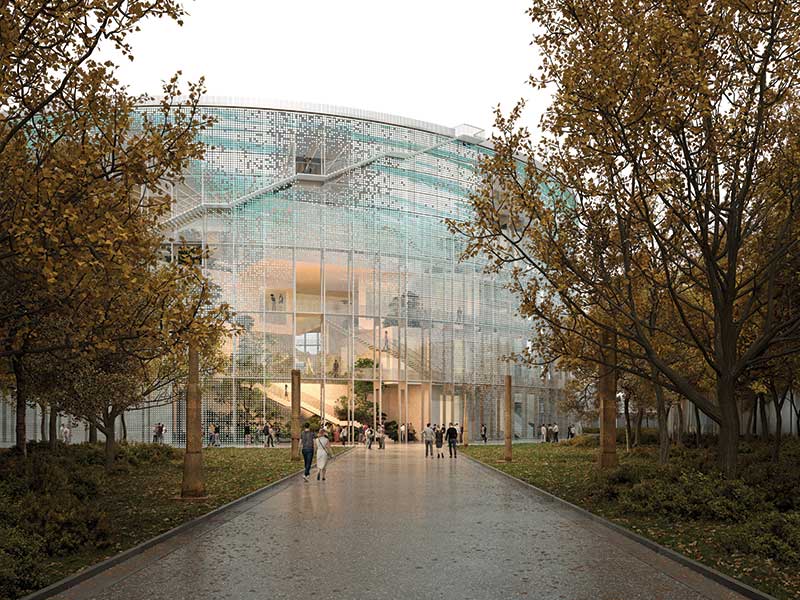
With its appearance, the façade also cements the building’s status as the focal point of the park. Covered in an array of LEDs, the museum lights up at night to create a media façade that can be used to entertain visitors or to advertise the events taking place inside. The façade also incorporates thousands of small photovoltaic spots to generate energy from sunlight. These spots form a “solar painting” that was designed with a parametric approach, considering the solar exposure, prevailing winds, and most notable views to place a higher density of photovoltaics where they are most needed.
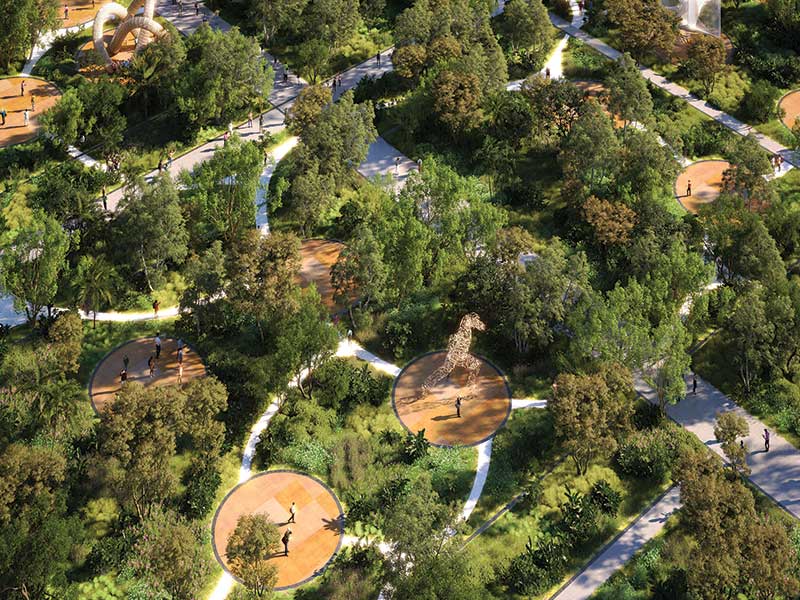
The park’s natural elements are designed as a parametric forest, with criteria such as a species’ contribution to shading the surroundings, food production, or biodiversity algorithmically determining its placement in the park’s forest landscape; a new symbiosis.
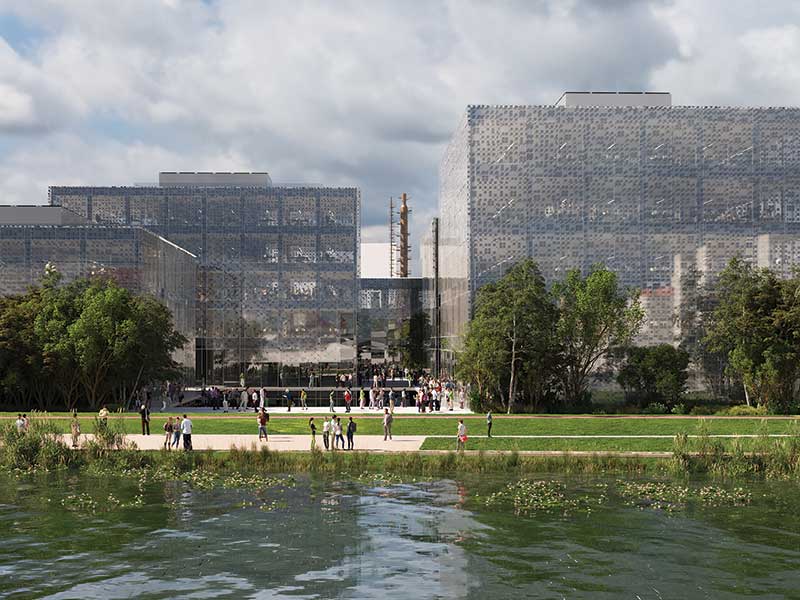
The clients of the project are Hangzhou Grand Canal Protection Development and Construction Group and Hangzhou Chenxiang Industrial Heritage Comprehensive Protection and Development Co. Ltd.

